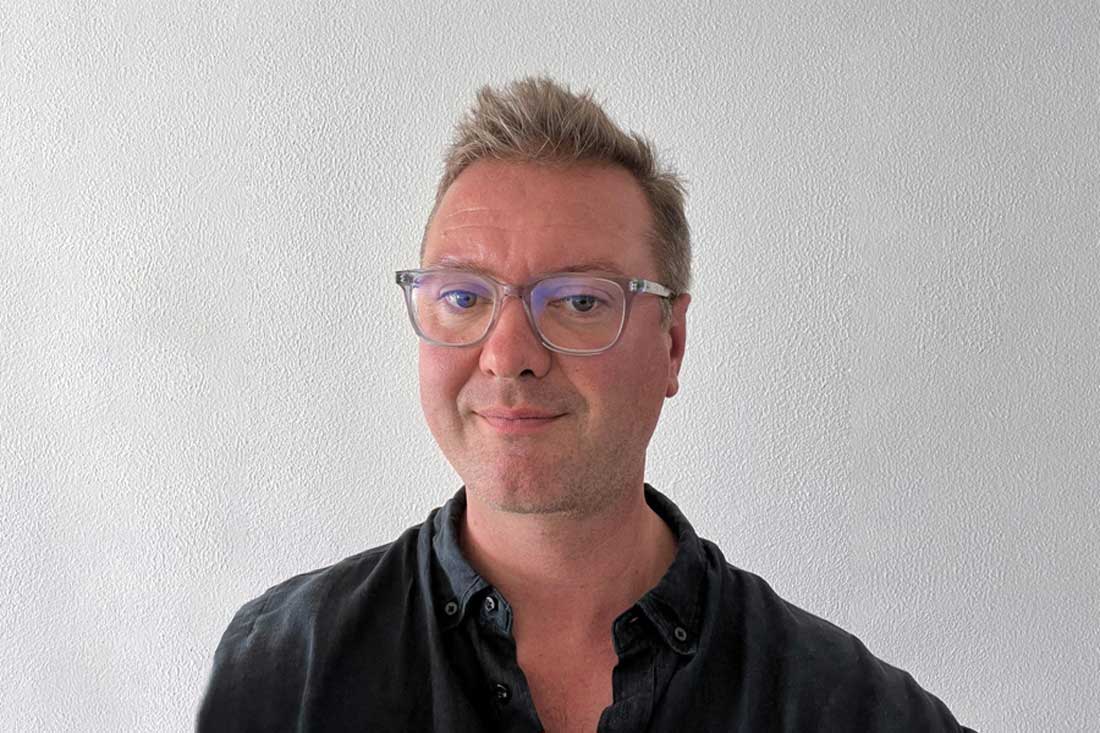When the public thinks about uses for helium, they might conjure up images of party balloons. However, professionals in geology, technology, medicine and other industries know just how in demand it is.
If we have more than 100 elements in the periodic table, you might wonder: What is so special about helium? According to the U.S. Bureau of Land Management, it is an odorless and colorless gas that is the most stable of all the elements discovered thus far. Helium also has low melting and boiling points, allowing it to remain a gas except under extreme conditions. Its stability means it is not reactive or flammable when interacting with different elements, allowing it to be used for a wide variety of applications, such as cooling superconductors used for MRI machines, manufacturing electronics, launching rockets into space and detecting leaks in commercial products.
Though helium is the world’s second-most abundant element and essential to human life, it’s a nonrenewable element that can’t be sourced from the atmosphere and only exists in certain parts on Earth. The United States, Algeria and Qatar have the world’s largest helium reserves, but the gas can be difficult to extract.
Thomas Abraham-James learned this through his mineral exploration work as the co-founder of Helium One and Pulsar Helium—two companies focused on obtaining helium and streamlining access to it. Although Abraham-James is a geologist who has worked in multiple locations throughout Africa, North America and Australia, he was unaware of the challenges of locating and securing helium until he began doing it himself.
According to Abraham-James, locating helium not associated with hydrocarbons can be difficult as it is not common in nature. Industry leaders believe non-hydrocarbon helium is more sustainable and a direction the sector must move toward. At present, 95% of the world’s helium supply is a byproduct of petroleum extraction. While there are established deposits for extraction, many of these are aging fields. As a result of decreasing supply, helium prices have risen 250% in recent years and will continue to spike as long as the public remains reliant on the technology of today. This is changing, however, through the efforts of industry professionals like Abraham-James who hopes to raise awareness about the importance of helium in our modern world.
During his multi-decade career in mineral exploration, Abraham-James has contributed to the industry by uncovering previously hidden helium reserves in Tanzania and, later, other parts of East Africa, with his Helium One co-founder and friend Josh Bluett. This exploration, conducted by their company and scientists from the UK, was later named one of 12 key science moments of 2016 by The Guardian.
Several years later, Abraham-James had a similar discovery for projects in Minnesota and Greenland and co-founded Pulsar Helium. Though he is passionate and proud about these accomplishments, he knows that something must be done to secure our helium supply and, thus, our livelihood. This is why Pulsar Helium has dedicated itself to doing its part in decarbonizing the commodity within the next 10 years. Abraham-James and his team hope that this will allow their Minnesota and Greenland sites to serve the U.S. and EU markets’ need for more eco-friendly sources of helium.
“Helium is a commodity that has just started being explored independently. Now that we are focused on finding it, and we aren’t encountering helium by chance in hydrocarbon-bearing gas fields, industry leaders are realizing that the gas can be found without hydrocarbons, making it much more profitable, pure and less carbon intensive,” Abraham-James says. “This is a big deal for our world considering how dire the need is for us to find better, bigger sources of helium.”
With outside investment in alternative ways for creating countless products that use helium, Abraham-James believes the element could possibly be conserved or recycled, allowing it to be utilized for longer periods of time. He hopes the efforts of his team will change how we view the element and the impact it has on daily life and transform the industry as a whole.
“Mineral exploration has become my passion and helium has become my sole focus since I discovered reserves in Tanzania over 10 years ago,” Abraham-James says. “I am invested in allowing our world to continue using helium for our everyday needs, but I plan to leave an impact on the industry in the form of a greener, more sustainable way for us to use helium’s unique characteristics.”






